Mombello Psychiatric Hospital
A dilapidated psychiatric facility on the outskirts of Milan where electroconvulsive therapy was developed and Napoleon once lived.
Walled off from the community of Limbiate, on the outskirts of Milan, stand the Mombello Psychiatric Hospital, also known as the “Giuseppe Antonini of Limbiate Psychiatric Hospital”, a psychiatric hospital whose intriguing past includes being the temporary home of Napoleon Bonaparte, the location of early experiments in electroconvulsive therapy, and the resting place of Italian dictator Benito Mussolini’s illegitimate son.
Originally built as a private residence called Villa Pusterla, the estate changed hands a few times in the 17th and 18th centuries. It became colloquially known as Villa Napoleone when Bonaparte himself took up residence here during his Italian campaigns of the French Revolutionary Wars. Eventually abandoned, the municipality of Milan bought the property and in 1879, the Ospedale Psichiatrico Giuseppe Antonini opened as the provincial psychiatric hospital of Milan.
At its peak in 1918, the 40,000-square-meter campus housed upwards of 3,000 patients and medical staff, one of the largest facilities in the nation at the time. It was here that one of the earliest forms of electroshock therapy, now known as electroconvulsive therapy, was developed. Ugo Cerletti, an Italian neurologist who discovered the method, conducted his early experiments on select patients in the facility who were battling schizophrenia and depression. The experiments proved to have a significant impact.
It was also here that Benito Albino Bernardi, the disowned and illegitimate son of Benito Mussolini, spent his final days. After a failed escape attempt in the 1940s, he passed away in the hospital under mysterious circumstances that are still debated to this day. His connection to Mussolini was kept secret for decades.
Thanks to the Italian Mental Health Act of 1978, known as the Basaglia Law, the asylum at Mombello was shut down and the property fell into disuse soon after. Most of the original structures are dilapidated and evidence of looting and vandalism is abundant. Those few buildings that are still in use are occupied by a local high school and a much smaller, modern healthcare facility. It is these organizations, and the municipality of Milan, that cannot come to a consensus about the future of the complex.
Know Before You Go
The entrance can be accessed at the turn of Via Monte Grappa. Parking is easily found inside, as well as in anywhere in front of the entrance.

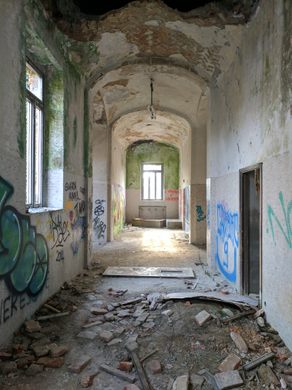
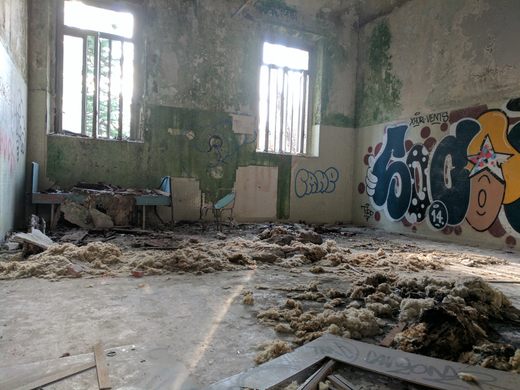

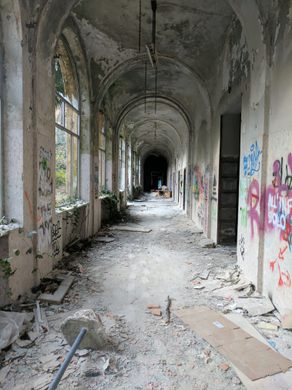
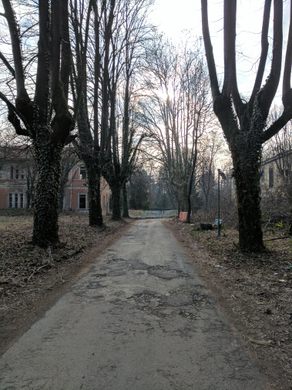
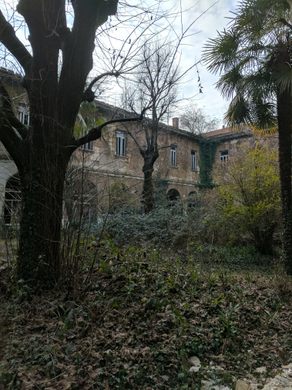

















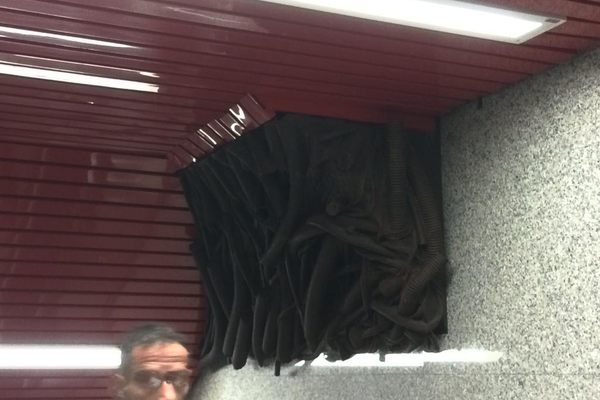





Follow us on Twitter to get the latest on the world's hidden wonders.
Like us on Facebook to get the latest on the world's hidden wonders.
Follow us on Twitter Like us on Facebook